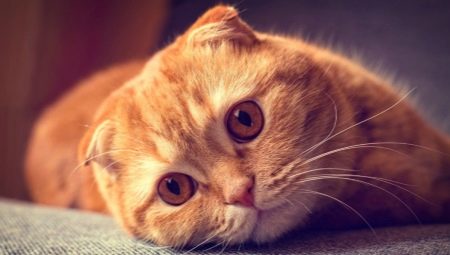Representatives of the Scottish fold breed are distinguished by a special structure of the ears, which have the shape of a triangle bent forward and down. According to standards, there are many variations of the shades of hair of Scottish fold cats. This article will discuss the features of cats with a red color.
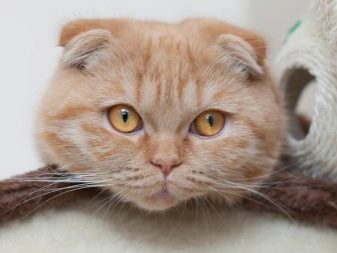
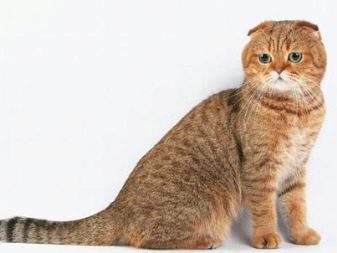
Origin history
It is believed that lop-eared cats were brought to European countries from China, where the breed was not widespread. This event occurred at the end of the XVIII century, although such cats appeared in the XVII century. In Northern Europe, work was carried out on crossing imported animals with representatives of straight breeds, as a result of which a Scottish fold cat was bred.
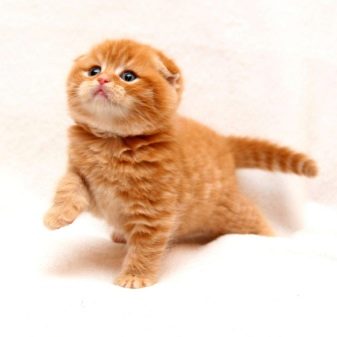

The breed was officially recognized in the late 60s of the XX century. There is another version of the appearance of Scottish folds, which says that although lop-eared cats existed in China, they were not brought to Europe. A kitten girl with the same unusual appearance was born in Scotland in the 60s, she became the main participant in the breeding of the breed.
Description and color feature
One of the main features of this breed is the tips of the ears bent slightly inward. However, kittens are born with the usual erect auricle. Only after three months does the appearance of the animal change.
If the ears remain straight, then the individual is assigned to another breed species - Scottish Straight.
If you do not take into account the special shape of the ears, then Scottish folds look like British shorthair cats. The body of the Scottish fold cats is quite powerful.The front and hind legs are as muscular as the body. As for body size, by international standards, it refers to the average.
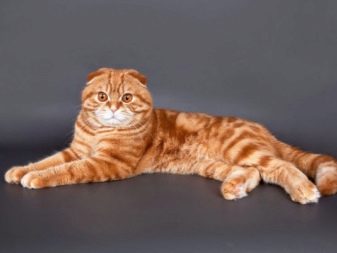
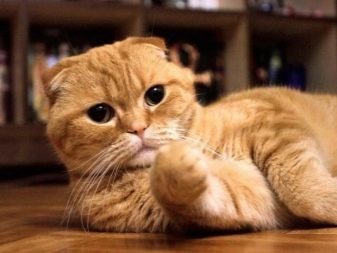
The tail of cats is proportional to the body. Usually it is rounded and narrowed at the end. The fur of Scottish fold cats is short and feels like a soft and smooth fur coat. The hairs are snug against each other.
The head of animals has a round shape. Cats have rather powerful jaws and a strong chin. There are no rough features on the face of the animal, and all lines are smooth and rounded. Scottish folds have large eyes, which are also round and set wide. The nose of cats is small and wide.
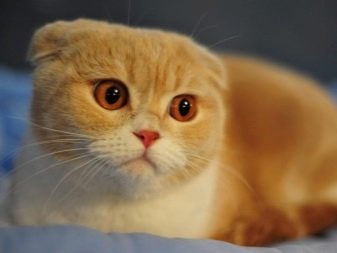

As for colors, any palette options are allowed. Red color can also be called red or gold. The color of the iris in ginger cats matches the tone of the hair and can be bright orange, amber or copper. Cats of this color have earned love all over the world.
Popularity is primarily due to the unusual and spectacular appearance. It is worth noting that Scottish folds of this color are quite rare, which is why they are valued even more.
It is also believed that the red representatives of this breed have the highest level of intelligence than cats of other colors.
Nature and behavior
Scottish folds are distinguished by emotional poise and goodwill. Kittens quickly become attached to the person and the house. They are very playful and get along well with children. Animals enjoy sitting on their hands, love affection and attention.
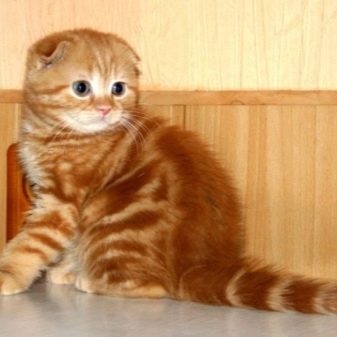
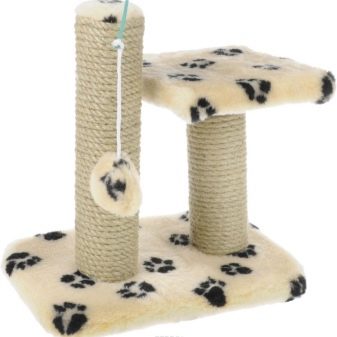
Adults prefer to be at rest rather than lead an active lifestyle. It’s easy to train cats in a claw-brush, and therefore you don’t have to worry about the safety of furniture in the house. Representatives of the Scottish fold breed have characteristic features in behavior.
Physiologically, it is quite easy for such cats to stand on their hind legs for a long time. Usually they take this position when they try to see something interesting in front. Many representatives of the breed like to sleep on their backs, reminiscent of such a pose of a person's sleep.
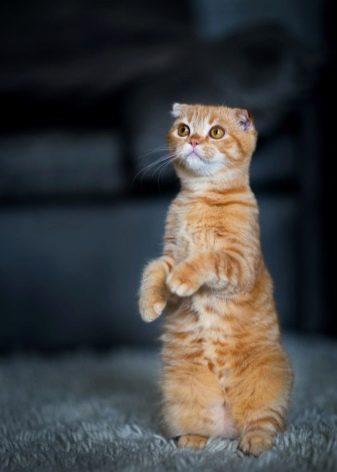
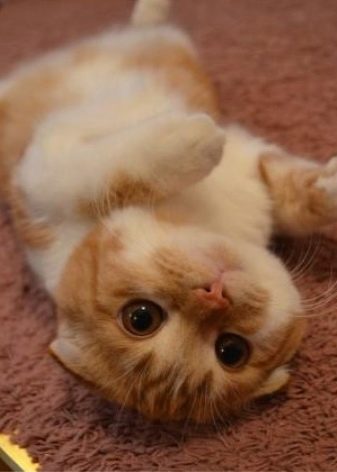
However, remember that regardless of breed, each cat is individual. Therefore, the pet may not match the nature and behavior of the general characteristics of Scottish fold cats.
The people there are some beliefs that the color of furry pets can say something about their character. Red cats are considered impudent and cunning. Such animals require increased attention and respect for themselves.
Maintenance and care
Scottish fold cats love comfort and appreciate the home environment. They are not intended for life outside the house and cannot last long on the street. These cats are quite friendly and can make friends with other animals living in the house.
From a young age, kittens are accustomed to the tray, nickname and scratching post. It is also necessary to educate the pet so that it does not spoil the property and understand the simplest commands of the owner. As for the care of animals, it will not cause difficulties.

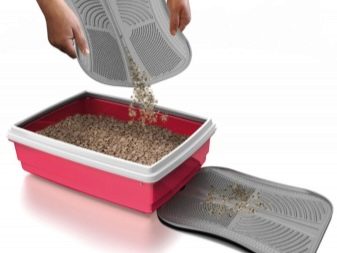
Typically, cats themselves monitor the state of their coat, clean their eyes and ears, and also gnaw off the exfoliated part of the nails. However, this does not mean that the animal is not worth watching at all. In case of contamination of the auricles, they must be carefully cleaned with cotton buds.
Despite the fact that the “Scots” coat is rather short, it is recommended to comb it periodically. To do this, it is better to use soft brushes or a special glove. Periodic combing will allow to remove excess hairs that have fallen so that the cat does not lick them.
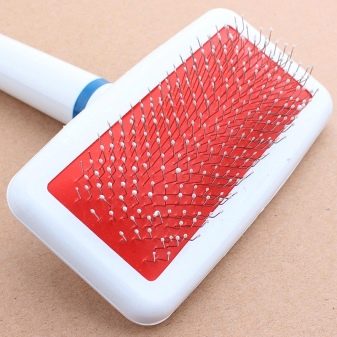

Particular attention should be paid to the teeth of the pet. Many domestic cats over the age of three years have problems with the oral cavity. Most often this is due to malnutrition of the animal. With a small amount or complete absence of solid food, tartar forms on enamel.
To prevent dental problems, you need to choose the right diet for the animal. If necessary, clean the oral cavity of the pet. You can do this with a special brush and paste.
Feeding
The nutrition of the red "Scots" should be balanced so that the animal daily receives the daily norm of the components necessary for the body. Most of the diet, one way or another, make up proteins. You can create your own menu, which will include both ready-made feed and natural products.
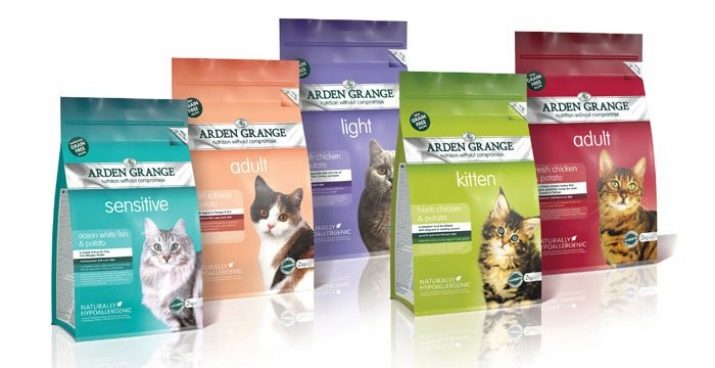
It is also allowed to feed only prepared canned food and dry food. In high-quality compositions of super-premium class and holistic there will be all the necessary elements in the right amount. The frequency of feeding depends on the age of the animal. Kittens are usually given food in small quantities and often: four to five times a day.
Over time, the frequency of feeding is reduced to three times a day, and after reaching the age of 8 months - up to two. The amount of food depends on the lifestyle of the animal, namely its activity. At the same time, access to clean and fresh water should be regular.
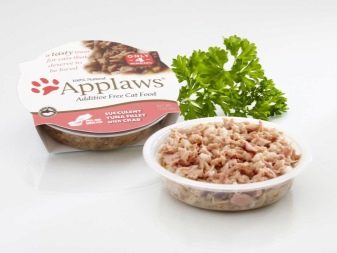
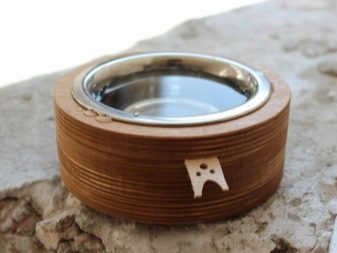
As for natural products, it is recommended to include raw veal, previously frozen, in the diet. You can give boiled chicken and offal. It is possible to introduce fish into small foods only in small quantities. Otherwise, problems with the urinary system may occur.
Health
Like all domestic cats, red Scottish folds need timely vaccination, as well as treatment for ticks, fleas and helminths. Representatives of this breed also have a predisposition to certain diseases:
- diseases of the musculoskeletal system - most often there are problems with the joints;
- problems with the cardiovascular system;
- respiratory diseases.
Particular attention should be paid to the eyes of animals. Due to the large size, they can get a lot of dust or hairs, which, in turn, will provoke inflammation. In pet stores you can buy special eye drops and, if necessary, use them.
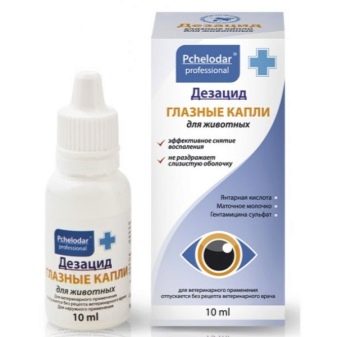
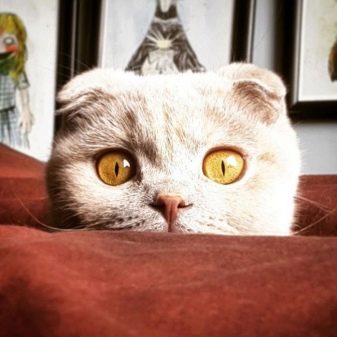
Many members of the breed are immoderate in food, which can lead to obesity. Excess weight leads to health problems. Therefore, it is very important to monitor the proper nutrition of Scottish folds. It is also recommended that you regularly visit a veterinarian to examine and examine your pet.
As for the life expectancy of Scottish folds, several factors will affect this indicator at once. First of all, it is the presence or absence of congenital diseases.
A physically weakened kitten will need special care and, most likely, will not live more than 15 years.
As for healthy and strong individuals, for the most part the life span will depend on the proper nutrition and care. When properly maintained, cats can live up to 20 years and more.
About the features and care of Scottish cats, see below.
